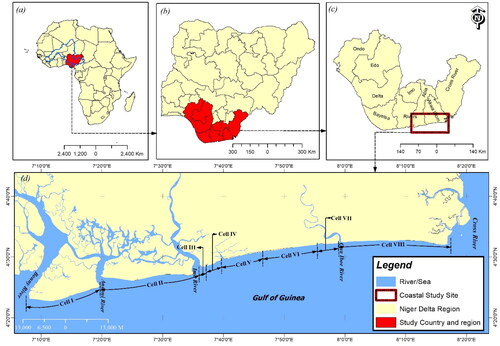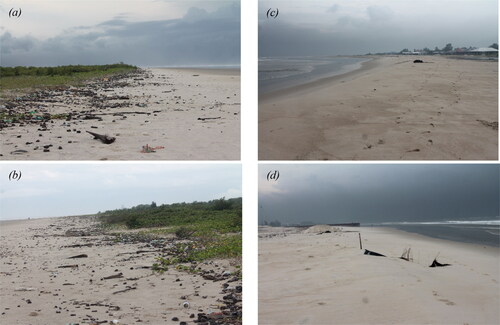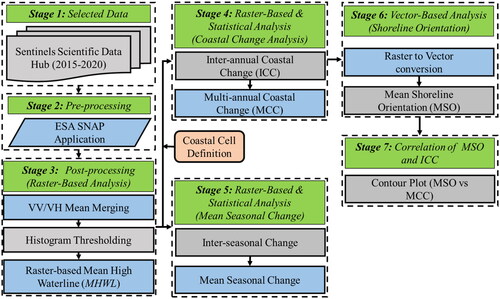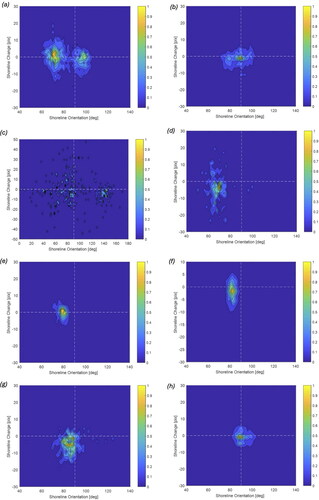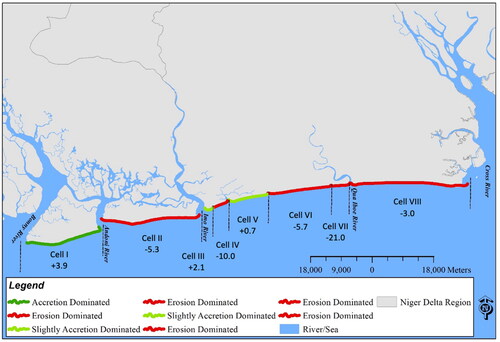Figures & data
Table 1. Summary of analyzed Sentinel-1 GRD data.
Figure 4. Alongshore spatial distribution of total accretion, total erosion and net change for 201–2020in each of the eight coastal cells between Bonny River and Cross River (a) Cell I; (b) Cell II; (c) Cell III; (d) Cell IV; (e) Cell V; (f) Cell VI; (g) Cell VII; (h) Cell VII.
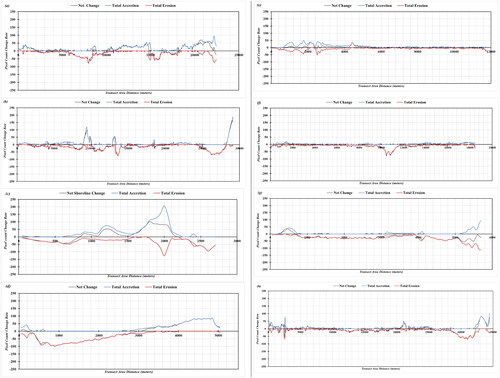
Table 2. Length of coastal stretch and the overall multi-annual coastal change for each coastal cell.
Figure 5. Shoreline position changes disaggregated into wet and dry season contributions. Left hand panels show the seasonal contributions in each year, right hand panels show net wet and dry season contributions for 2015–2020. (a) Cell I; (b) Cell II; (c) Cell III; (d) Cell IV; (e) Cell V; (f) Cell VI; (g) Cell VII); (h) Cell VIII.

Data availability statement
The data utilized in this research can be utilized to publish additional paper; therefore, they can be available upon request.

